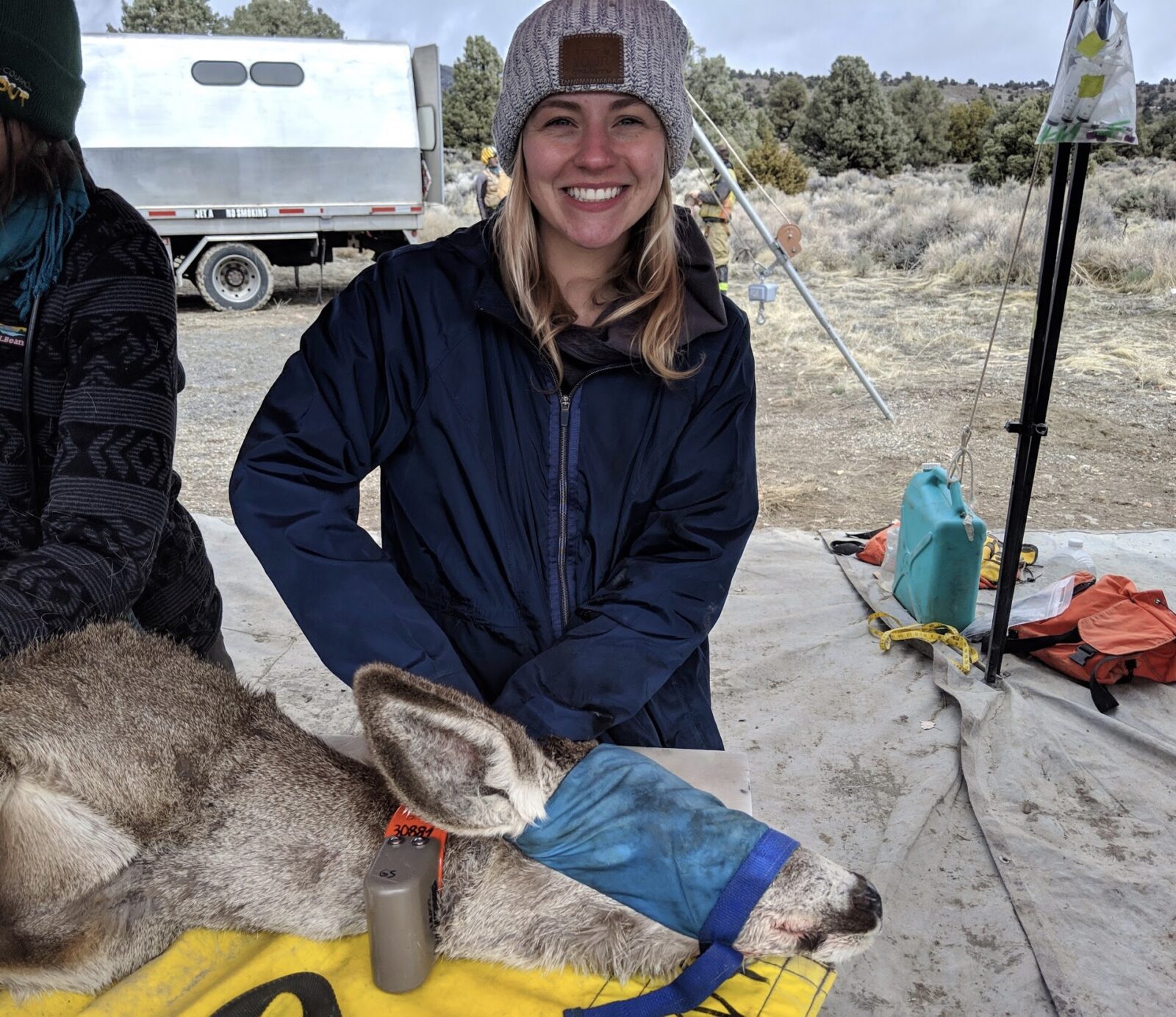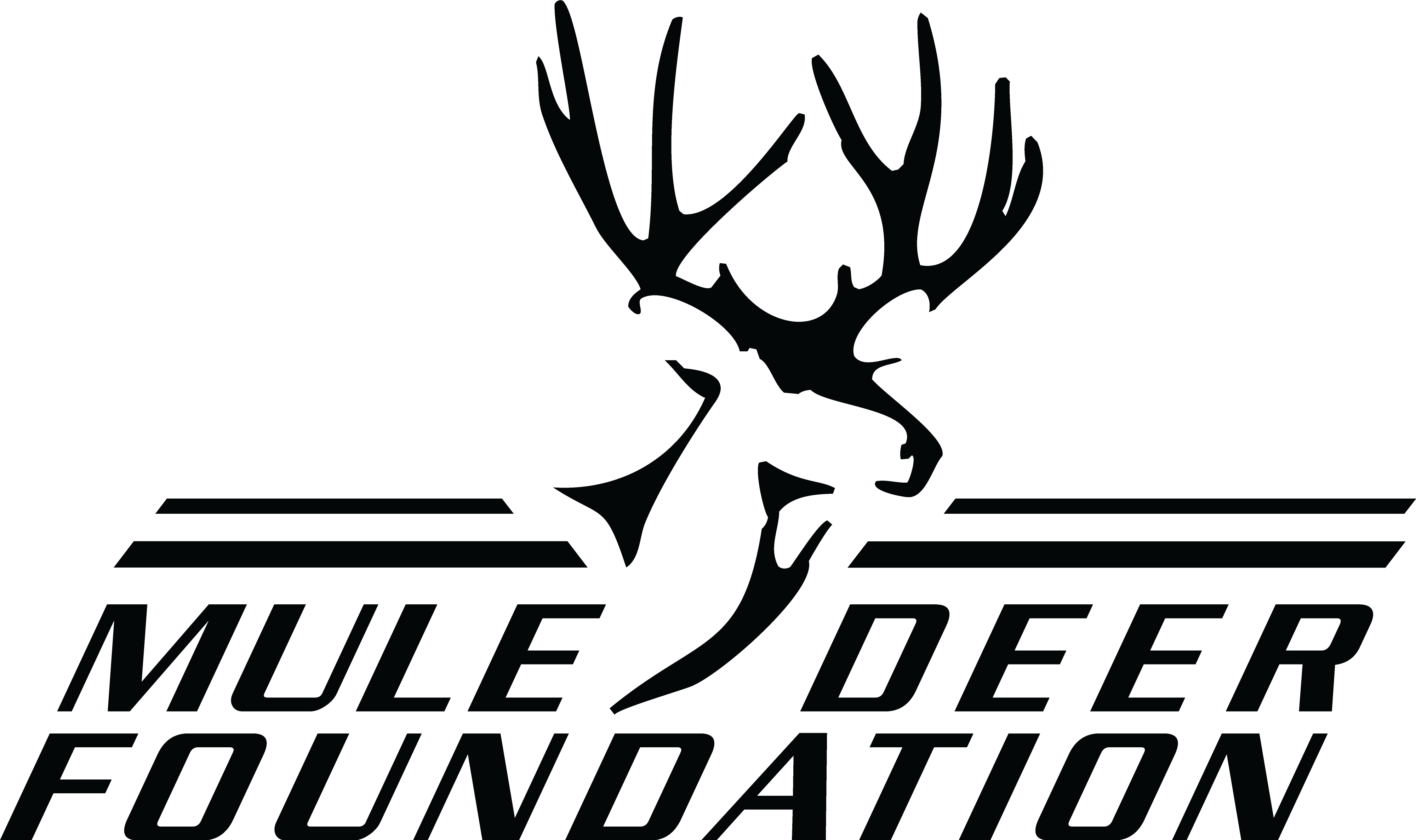Behind the Scenes: How the Mule Deer Foundation Works for Hunters

By: MDF Staff
Most folks start to think about mule deer when tags hit their inbox, when antlers break skyline, or when a heavy pack makes the hike back to the truck feel a little sweeter. But if you want to keep those moments coming — if you want your kids and grandkids to have their own shot at a high-country buck or a prairie bruiser — then it’s time to start paying attention to what happens behind the scenes.
That’s where the Mule Deer Foundation (MDF) comes in. You might know the name. You might have gone to a banquet, read the magazine, or thrown a few bucks in the raffle. But what you might not know is just how much MDF does every single day to protect the deer, the ground they walk on, and the hunting lifestyle we live for.
Let me lay it out for you — plain and simple — so the next time someone asks why you’re proud to support MDF, you’ll have an answer locked and loaded.
Mission First: Conservation That Means Something
At its core, the Mule Deer Foundation exists for one reason: to ensure the conservation of mule deer, black-tailed deer, and their habitat for the benefit of wildlife and future generations.
That’s not just a fancy sentence on a grant report. It’s boots-on-the-ground work across 13 western states, aimed at keeping deer on the mountain and tags in your pocket. MDF focuses on practical, measurable, landscape-level conservation — the kind that puts more deer in the field and more opportunities in the hands of hunters.
Habitat Restoration: More Than Just Planting Shrubs
Want to see more deer? Then the habitat’s got to be right. That’s why MDF is out there restoring sagebrush ecosystems, reseeding burned rangelands, thinning overgrown forests, and improving water availability in the dry country.
In Nevada alone, through the Mule Deer Enhancement Program (MDEP), MDF has helped fund and launch more than 25 habitat-focused projects — everything from cheatgrass removal to spring protection to native shrub planting. These aren’t pipe dreams. They’re real work being done in places where deer need it most.
In mountain states like Montana and Idaho, MDF supports forest management projects — thinning dense conifer stands, conducting prescribed burns, and bringing back aspen stands to encourage the lush understory mule deer rely on. Healthy forest structure doesn’t just mean better feed — it also means better visibility for hunters and fewer fires that scorch winter range into useless dirt.
Protecting Migration Corridors
Mule deer are migratory by nature. Some herds travel 150 miles or more between seasonal ranges. But in today’s world of highways, fences, and growing development, those ancient routes are being cut off.
MDF partners with state and federal agencies, private landowners, and other conservation groups to protect and restore these corridors. That includes supporting GPS collaring studies, building wildlife-friendly fencing, and advocating for federal policies that prioritize big game migration across public lands.
If you’ve seen more deer showing up in traditional wintering grounds, chances are someone behind the scenes was working to make that happen. Odds are, MDF was part of it.
Hunting Access and Policy Work
Conservation doesn’t matter if we don’t have access to it. MDF works to expand and maintain public access for hunting, and we keep an eye on policy that could hurt that access.
We don’t just show up at banquets — we show up at state legislatures, wildlife commissions, and Washington D.C. to make sure hunters’ voices are heard. That includes defending the North American Model of Wildlife Conservation, supporting science-based management, and protecting the rights of sportsmen and women across the West.
Data-Driven Decisions
Behind every tag you draw is a web of data — population trends, harvest success, recruitment ratios, fawn survival, and more. MDF works closely with state wildlife agencies to fund and assist with the aerial surveys, collar studies, and population modeling that help guide hunting regulations.
It’s not guesswork. It’s adaptive harvest management — adjusting opportunities based on what the land and herds can handle. That’s how you ensure a buck this year and bucks down the line.
Youth and New Hunter Recruitment
We’re not just about the old guard. MDF puts time and dollars into mentoring new hunters, especially youth, women, and folks new to the West. Through events like MDF’s Youth Camps, archery clinics, and Hunt Mentorship programs, we’re keeping the hunting tradition alive and well.
If we don’t pass it on, we lose it — plain and simple.
All This, and Still Room for a Cold Beer and a Raffle
Let’s be honest — the social side of MDF matters too. Our banquets, raffles, and chapter events raise money and build community. That’s where connections are made, ideas are shared, and the next big project gets its spark.
Behind every successful banquet is a team of volunteers who care — and every dollar raised gets poured back into deer and habitat work.
Why It Matters
If you’ve ever walked out of camp before sunrise with frost in your beard and hope in your chest, this work is for you.
If you’ve ever watched a muley buck ghost through the timber like smoke on the wind, this work is for you.
If you want your kids to know the thrill of seeing deer tracks in fresh snow, this work is for them.
Time to Step Up
The Mule Deer Foundation isn’t just a name. It’s a force — one that’s working every day to ensure the future of mule deer and mule deer hunting across the West. But we can’t do it without you.
Join. Volunteer. Donate. Speak up.
Because behind every filled tag, there’s a trail of conservation work that made it possible. And behind that trail, there’s a crew of folks like you — who love mule deer, live for the hunt, and refuse to let this legacy slip away.
Let’s keep it going. Join the Mule Deer Foundation today.
Behind the scenes, the work never stops. And that’s exactly the way we like it.
Join the Mule Deer Foundation!
Send any success pictures or stories from the field to [email protected] and you could be featured on our website or in our magazine. If this article or any of our articles have helped you become a better hunter or conservation steward, consider becoming a member of the Mule Deer Foundation or the Blacktail Deer Foundation or both. Click here to join: https://muledeer.org/product-category/membership/ or https://www.blacktaildeer.org/




